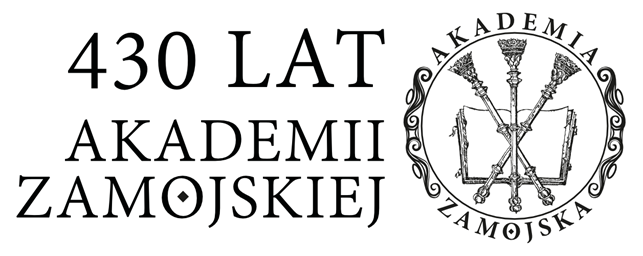Modelling of Gross Value Added Deflators in the Regional HERMIN Model for Lower Silesia
Zbigniew Mogiła
Janusz Zaleski
Marek Zembaty
Abstract
HERMIN model is a research tool used for a long time by the European Commission to analyze the impact of the cohesion policy on a range of macroeconomic variables. It has been applied for Poland as a whole since 2002 as well as for the Polish regions since 2005. The regional HERMIN models are modified in order to take into consideration a variety of specifics of the Polish voivodships. Forecasting methods of Gross Value Added (GVA) deflators seem to be a good example of such modifications. The aim of this paper is to present those methods applied in the regional HERMIN model for Lower Silesia and the proposals of their improvements (using the available historical data by sector for the period 2000-2007). The following conclusions ought to be drawn from the above mentioned analysis: The modified forecasting method of regional GVA deflators for the market services sector allows not only for unit labour costs but also for the world manufacturing price which implies a higher precision of the analysis. In the new version of the regional HERMIN model, the values of GVA deflators for the manufacturing sector are determined by the world manufacturing price and regional factors instead of implementing deflators from the national level. It allows us to improve the quality of forecasts by including the regional aspects. In the modified regional HERMIN model, building and construction are singled out as a separate sector. GVA deflator is calculated here on the basis of regional unit labour costs. In the case of non-market services and agriculture, the forecasting methods of GVA deflators have not been changed.
Keywords:
deflator, Gross Value Added, HERMIN, macroeconomic modelMost read articles by the same author(s)
- Janusz Zaleski, Paweł Tomaszewski, Marek Zembaty, Expertise: Forecasts of EU Cohesion Policy Impact on Regional Economies of Lubelskie and Podkarpackie Voivodships till the Year 2015 , Regional Barometer. Analyses & Prognoses: No. 3 (13) (2008)
Details
References
Statistics
Authors
Citation rules
Licence

This work is licensed under a Creative Commons Attribution-NonCommercial-NoDerivatives 4.0 International License.


 English
English
 Język Polski
Język Polski




